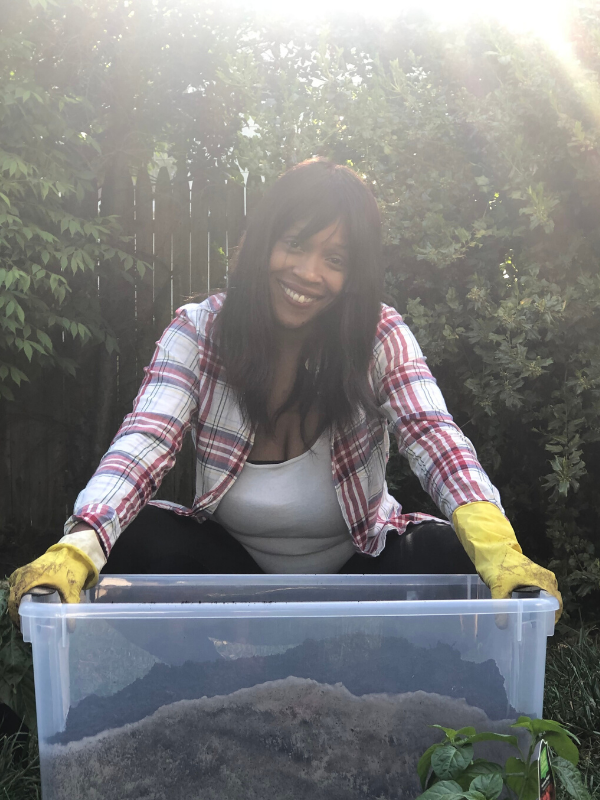Top 5 Things You Need to Know About Container Gardening
The last frost date has passed here in NY and it’s time for me to start my spring garden! I take a trip to the gardening center near me. I get right to work buying perennials and vegetables to plant. Love this time of year.
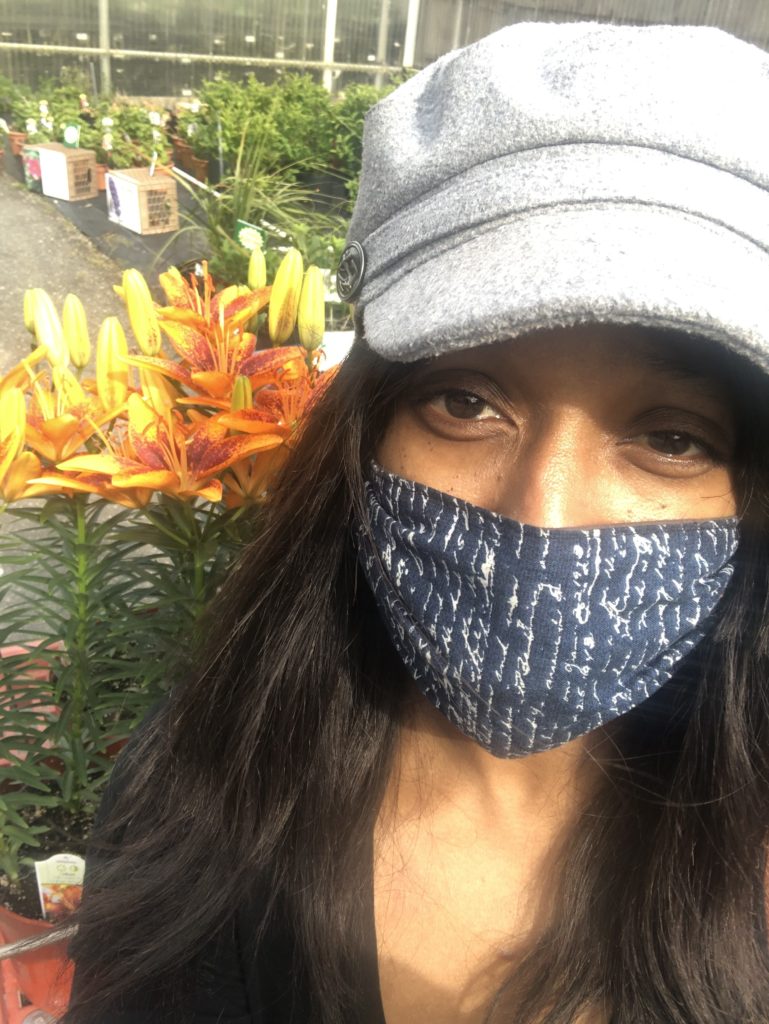
Container Gardening for Vegetables
So, a few nights prior, I was having a conversation with a co-worker about my gardening woes. I explain to him that all of my vegetables failed. Last spring I planted a bunch of vegetables. From basil to peppers and asparagus, I was expecting a big harvest of my spring gardening vegetables.
My vegetables did not grow the way I’d hoped.
Only my thyme and parsley herbs thrive. In having this conversation with my co-worker and showing him what my last garden looks like, he suggests container gardening my vegetables instead.
It makes sense too. My old garden didn’t have enough soil and room to allow the vegetable roots to grow big.
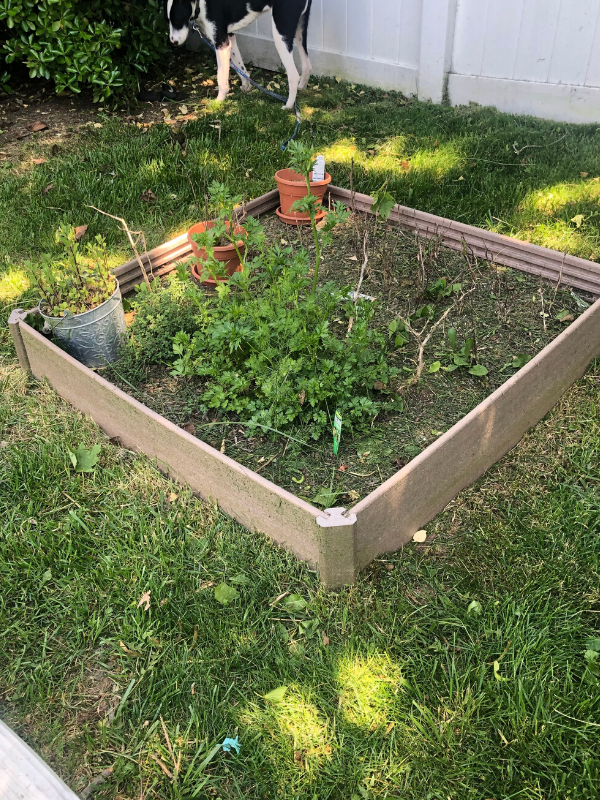
Container Garden Tips
1. Get a Sturdy Container
There are different types of containers you can purchase for gardening. These include:
- Clay or Terra Cotta
- Wood Containers
- Plastic Containers
- Concrete Planters
- Ceramic Planters
- Metal Planters
- Hanging Baskets
I decide on a plastic container. Plastic containers are cost effective and easy to use. I purchase mine from Home Depot: The Sterlite 64 Quart Large Ultra Plastic Storage Bin. Make sure you drill holes on the bottom of your container too. Very important. Water that doesn’t get drained can kill your plants.
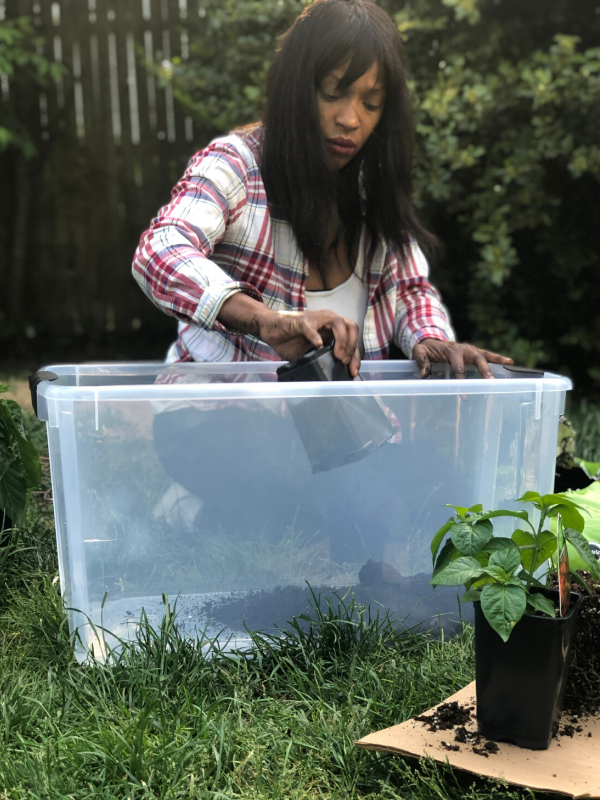
2. Select The Right Location for Sun
What are you growing? If like me, you’re planting peppers, then you’ll need a location with at least six hours of sunlight. Other vegetables, like kale and garlic do well in shade. It’s best you determine what you want to grow and set up your vegetable garden in a location with enough sunlight to allow your vegetables to flourish.
3. Make a List Before You Buy Plants
Peppers, and basil and thyme, oh my! It can get overwhelming selecting vegetables for your container gardening. The best way to approach this is to be practical. What vegetables do you buy at the grocery store? For me, it’s peppers, onion and garlic. Ultimately, I opt to buy peppers on my trip to the gardening store near me.
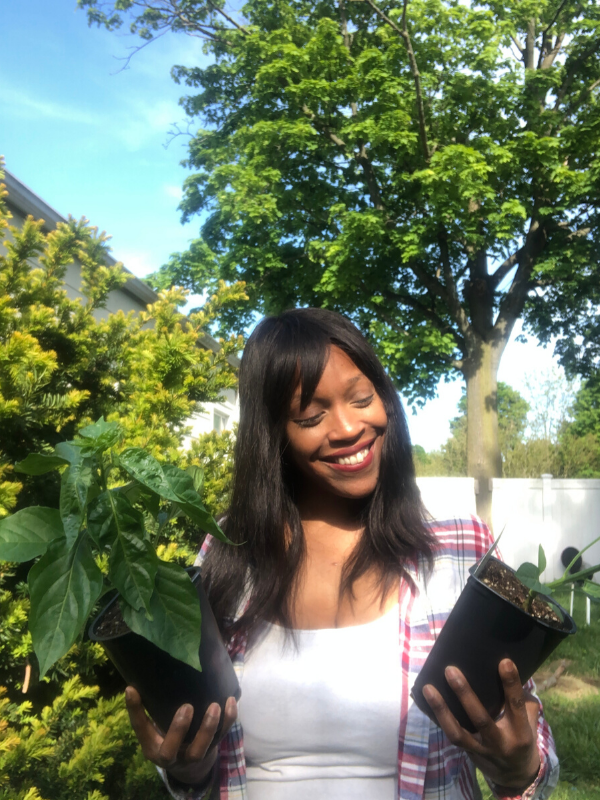
3. Feed Your Plants
Never under estimate the value of fertilizer. In fact, your vegetable garden needs it if you want the highest yield of what you plant. Fertilizer feeds your plants with valuable nutrients like nitrogen and phosphorus. I like the Nature’s Care Organic and Natural Plant Food.
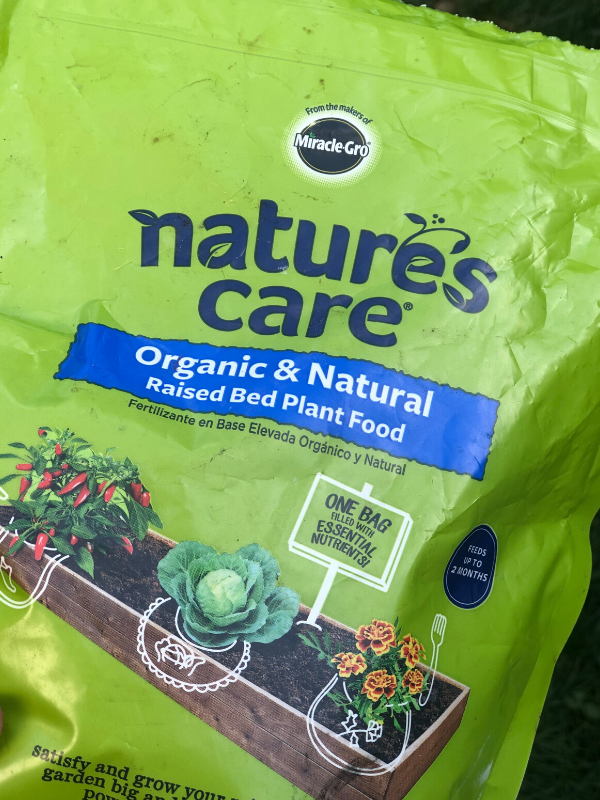
4. Use the Plant Tag
You know the plant tag? It’s the tag that identifies the vegetable or herb you’re growing. It also has information on how much light, water and sun the plant needs as well as the time of maturity. Never discard the plant tag as there’s critical information you’ll need through the growing period.
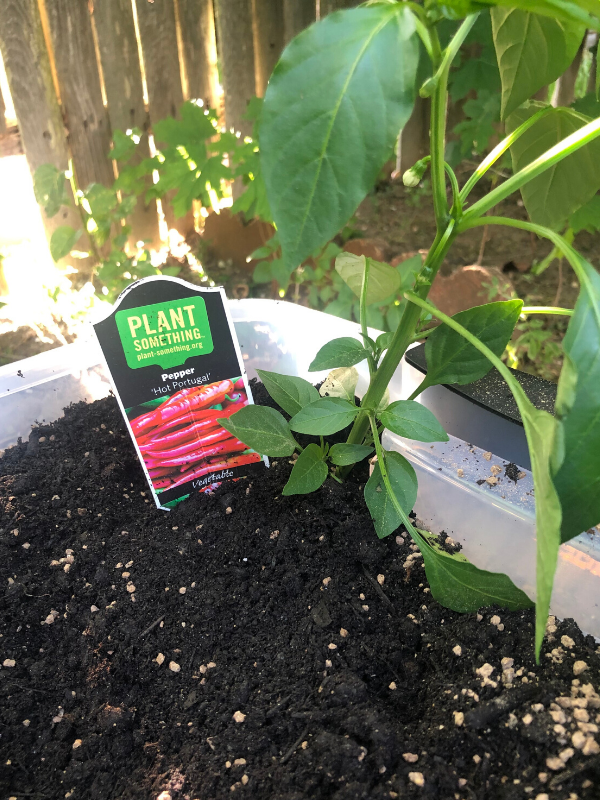
5. Patience
Whether you are planting directly into the soil, container or a raised bed, any kind of gardening takes patience. Yes, there will be some plants that die or issues like insects may wreak havoc. It’s really all about giving your plants care and being patient in seeing the gardening season through.
Growing vegetables takes work, but there’s nothing like biting into a fresh tomato that you’ve grown and hasn’t been exposed to any thing inorganic. Now that’s empowerment.
Thank you for reading! Take a look at my YouTube video below on container gardening… you get to see how “geeked” out I get, LOL.
Happy Growing my Friends.
Blissfully Single and Yours,


